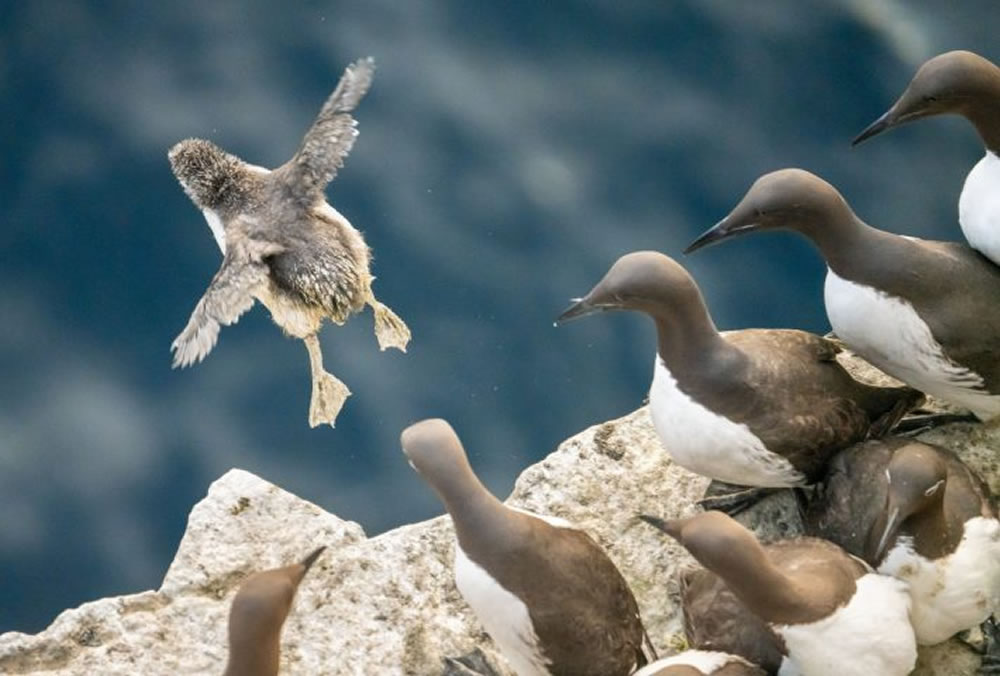Here are the winning photos of the 2023 British Ecological Society’s Photo Contest “Capturing Ecology”. These photos, taken by international ecologists and students from around the world, showcase the beauty and complexity of nature.
The overall winner from this contest won by Viktor Nunes Peinemann for his photo “Vibrant Sleep”. The overall runner up won by Doron Talmi for his photo “Cranes Descending” and Overall student award won by Fayz Khan for his photo “Seemingly beautiful but actually hostile”.
Every year the British Ecological Society hosts ‘Capturing Ecology’ – an annual photography competition focused on showcasing the beauty of ecology. This year’s winners tell a powerful story about the intricacies of nature, and our relationship with the natural world. From predator-prey dynamics on the earth, skies, and seas, to connections between people, wildlife, and the environments we share.
Scroll down and inspire yourself. You can check their website for more information.
You can find more info about Capturing Ecology:
#1. Overall Winner: Vibrant Sleep by Viktor Nunes Peinemann
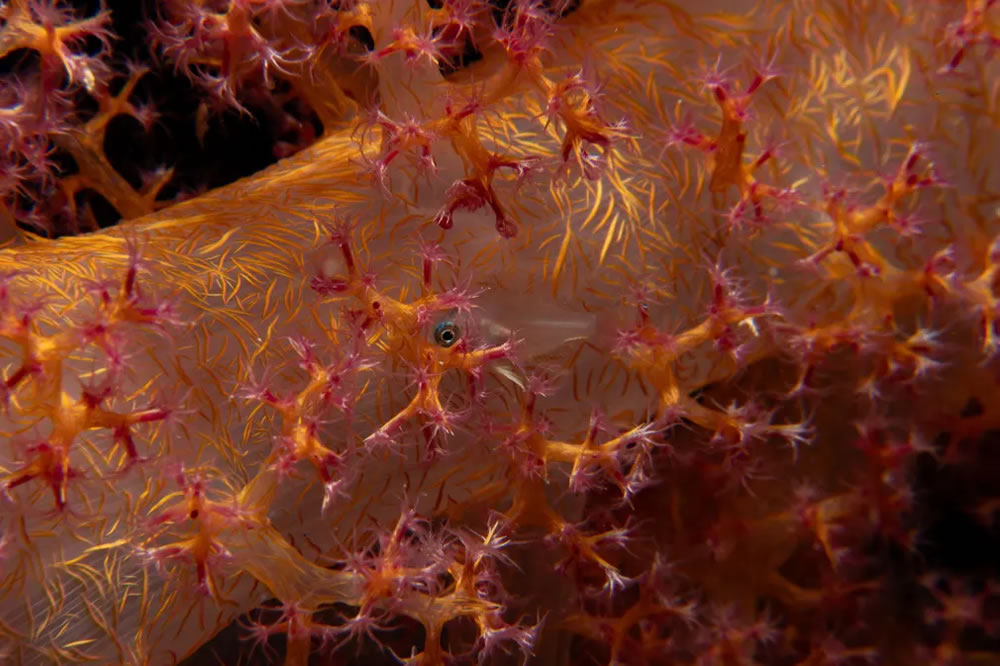
At night, a juvenile Amblyglyphidodon indicus finds a cozy spot in a vibrant Dendronephthya to rest. The soft coral’s hues camouflage the dull damsel fish’s night time colouration, or pyjamas, and only its eye gives away its hiding place.
#2. Overall Runner Up: Cranes Descending by Doron Talmi
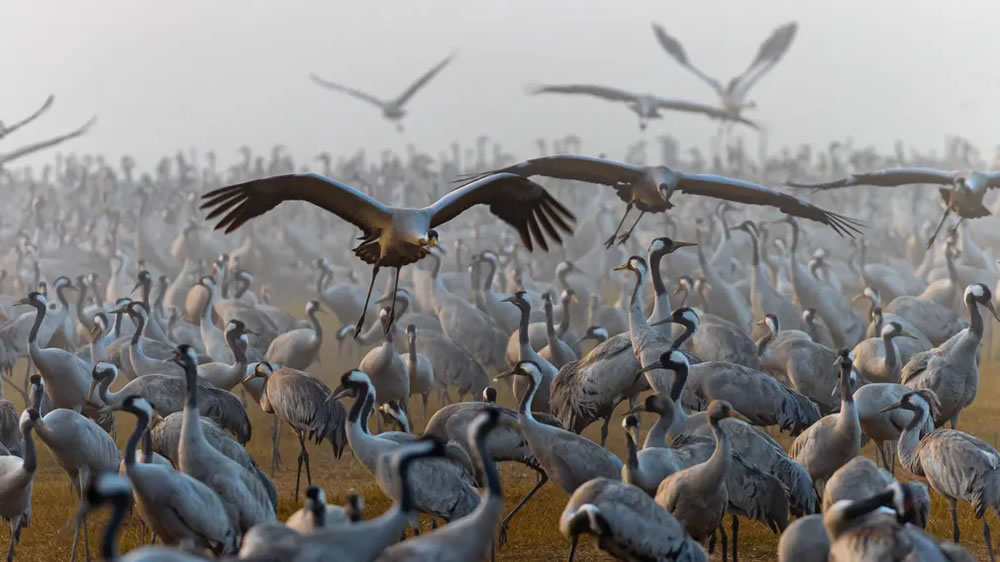
Every migration season, more than half a billion migratory birds fly over the Agamon Hula nature and ornithology park in northern Israel’s Hula Valley. As one of the world’s most important bird migration routes, the park regularly feeds the flocks to prevent the cranes from ruining crops in the surrounding agricultural areas. This image was captured on an early winter morning from one of the feeding carts.
#3. Overall Student Winner: Seemingly beautiful but actually hostile by Fayz Khan
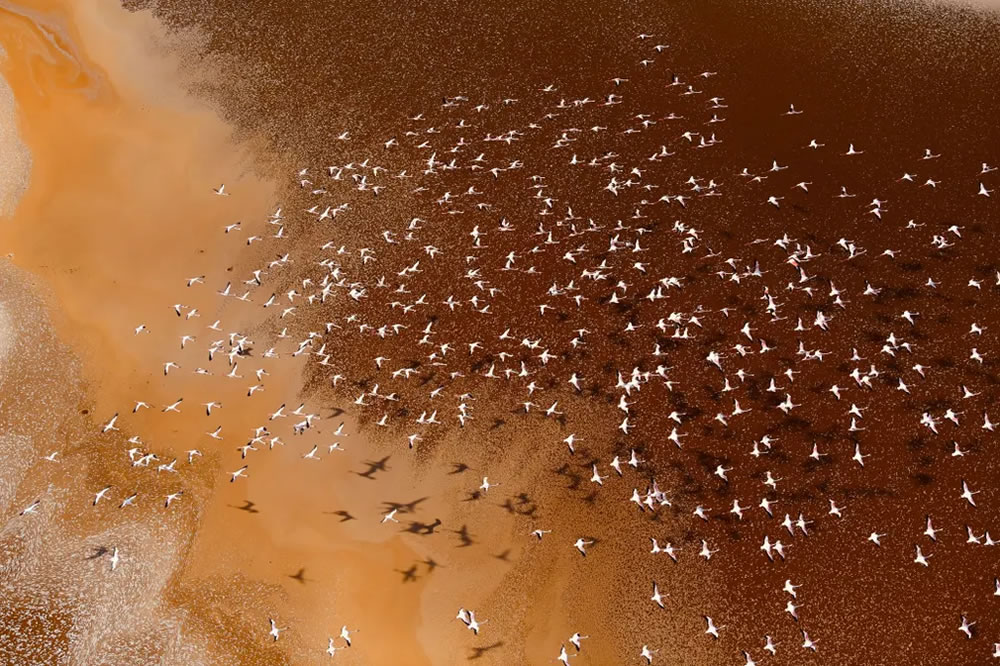
Once formed by freshwater floods, the Kenyan Rift Valley lakes are now toxic to many animal and plant life. Stretching from Ethiopia to Malawi, these sites still boast an incredible amount of biodiversity – including flamingos, which are drawn to the lakes thanks to the abundance of algae to feast on. This same surface algae are responsibly for the lake’s surreal colours.
#4. Networks in Nature, Category Student Winner: Alicia Hayden
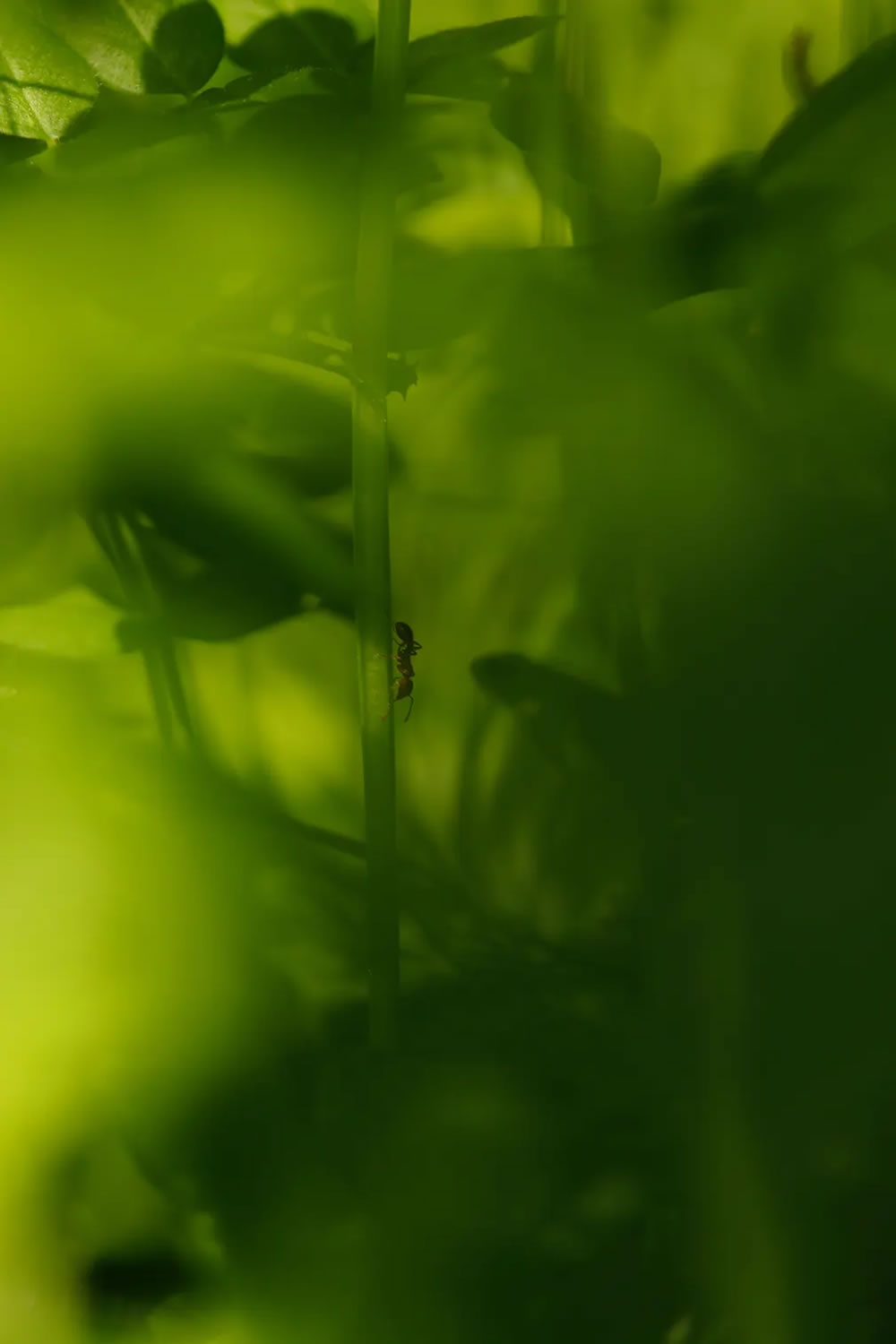
In an abandoned kitchen garden, a lone ant embarks on a journey through what could easily be mistaken for the depths of the jungle.
#5. Networks in Nature, Category Winner: Dr SS Suresh
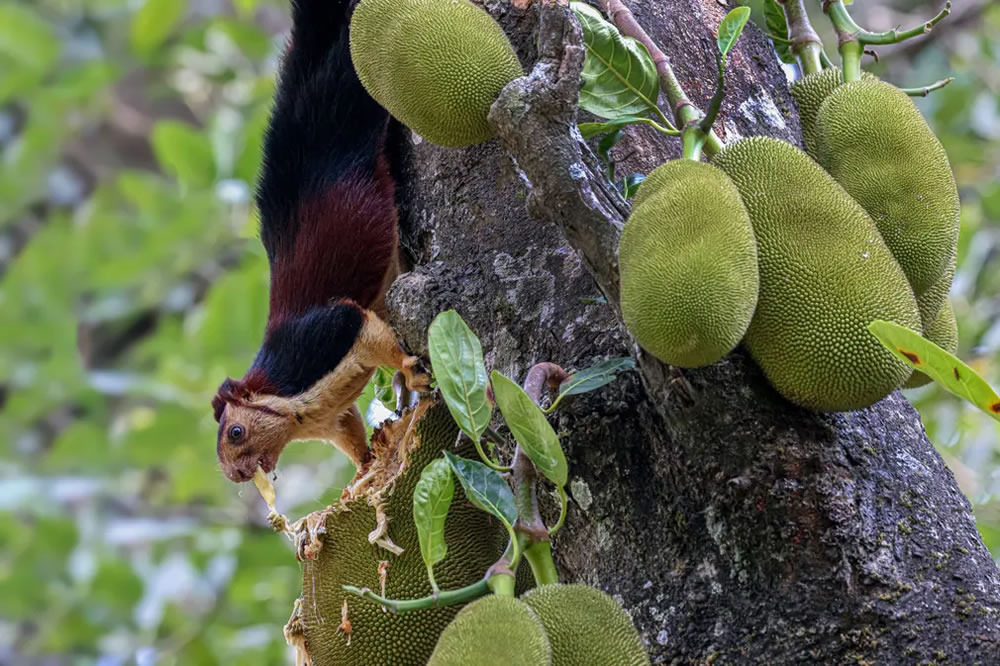
A Malabar giant squirrel devours a jackfruit, breaking past the prickly exterior.
#6. The Bigger Picture, Category Student Winner: Viktor Nunes Peinemann
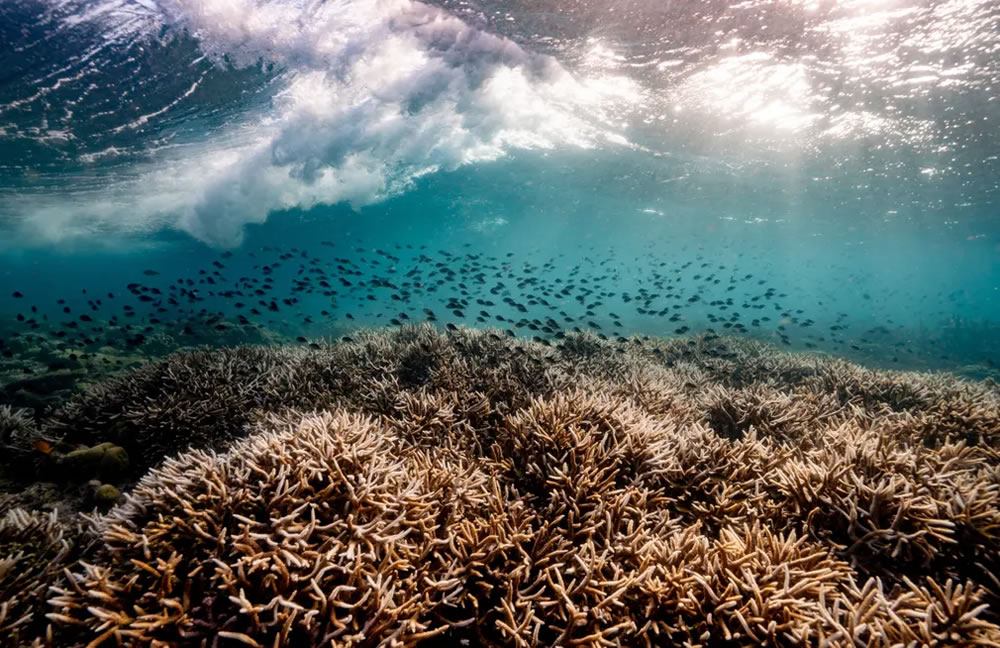
As waves crash over a shallow reef in Kimbe Bay, schools of Chromis dart among Acropora corals. The water movement is strong enough that even the sturdy corals bend and sway. But sights like this are becoming rarer and rarer as Acropora corals throughout the Indo-Pacific have suffered high mortality in recent years.
#7. The Bigger Picture Category Winner: Nick Royle
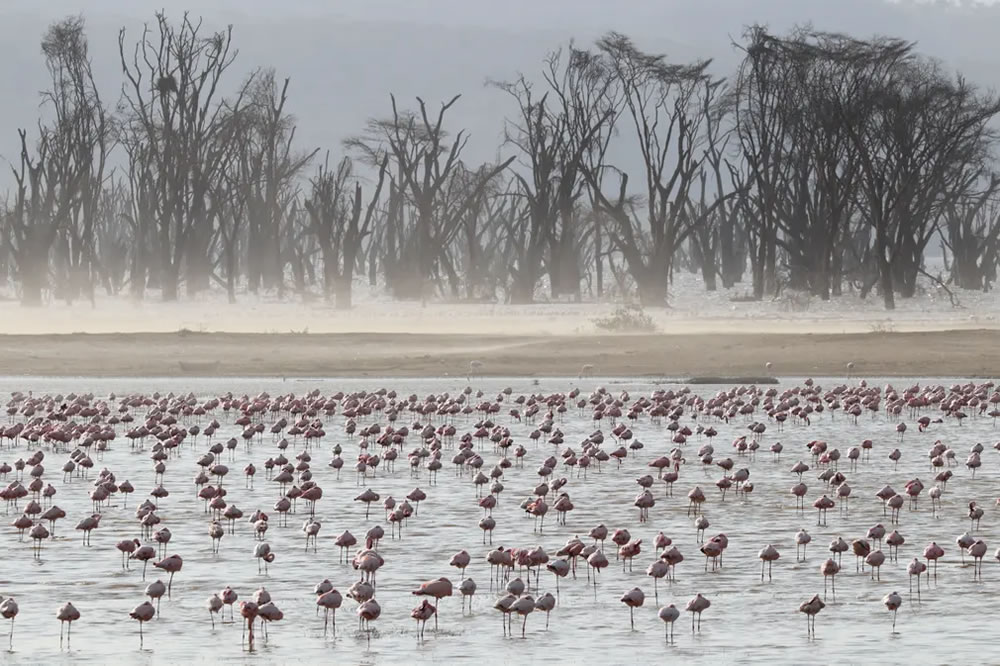
Against a backdrop of dead, submerged trees, flamingos, mostly lesser flamingos Phoeniconaias minor, rest as winds kick up dust along the shores of Lake Nakuru. The scene creates an uneasy feeling, reminiscent of the recent substantial water level rises in the African rift valley lakes that are threatening livelihoods and affecting wildlife in the region.
#8. Individuals and populations (plants and fungi) category student winner: Samantha Suter
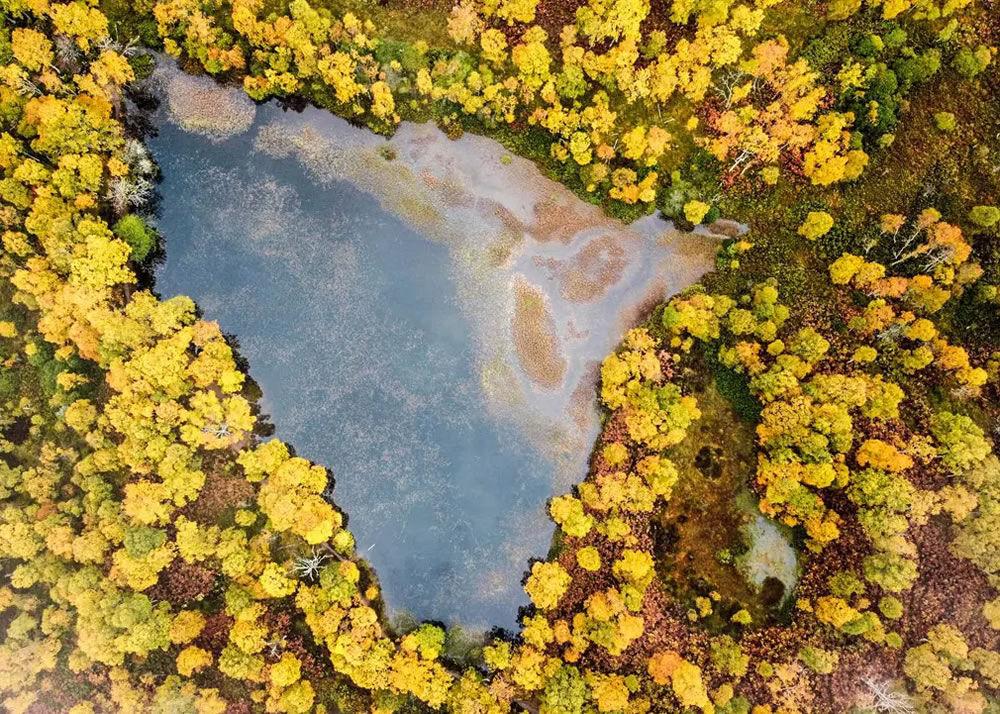
A silver birch forest at the height of autumn in the Cairngorms national park.
#9. Individuals and populations (plants and fungi) category winner: Helen Burton
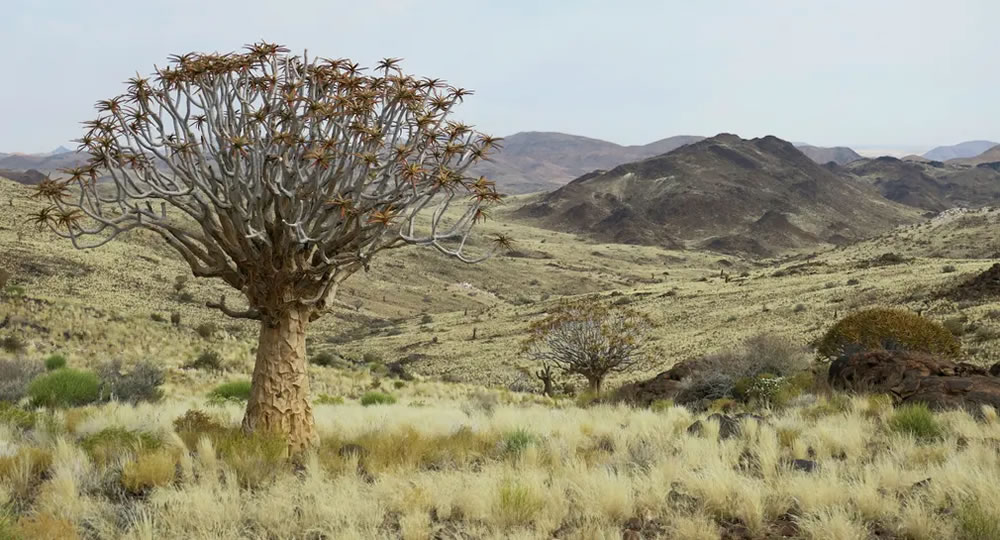
In a landscape formerly dominated by quiver trees, the broken remains of dozens of trees tell the story of the forest that used to fill this Nambian landscape.
#10. Individuals and populations (animals) category student winner: Brandon Güell
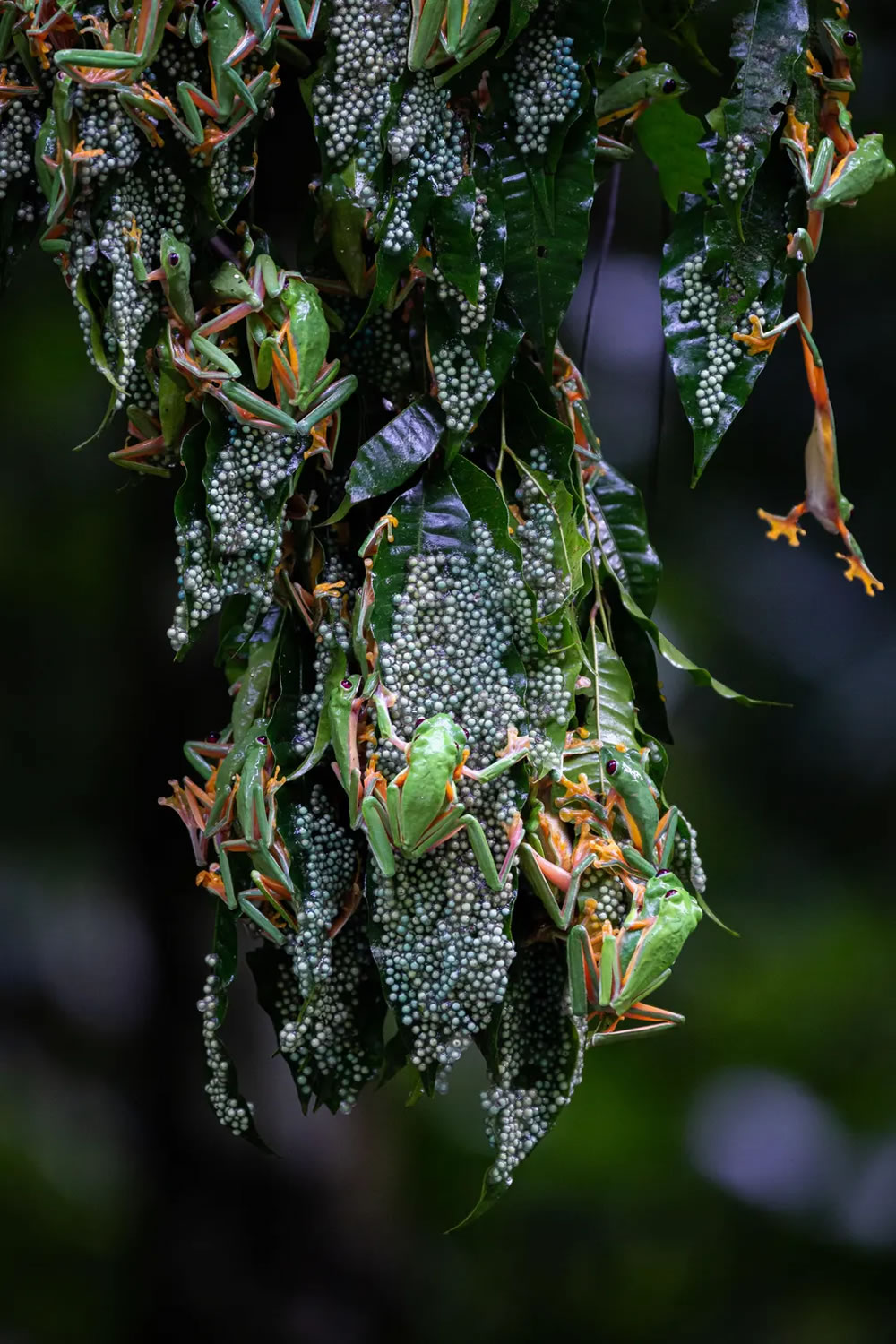
A pair of gliding treefrogs (Agalychnis spurrelli) search for a bare leaf on which to lay their clutch amid countless recently laid eggs and thousands of reproducing individuals on Costa Rica’s Osa peninsula.
#11. Individuals and populations (animals) category winner: Rebecca Nason
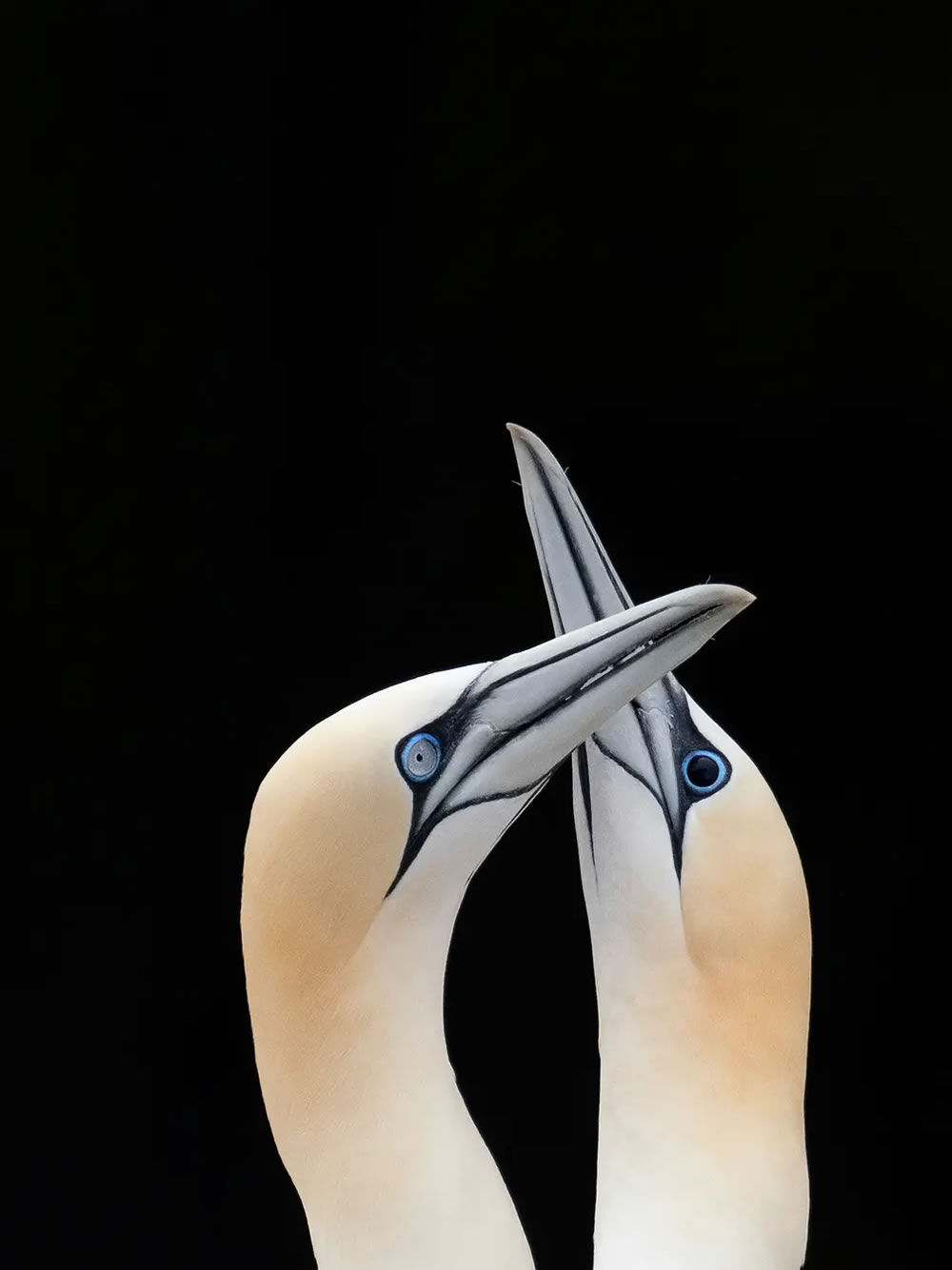
The haunting black eyes of a northern gannet, a feature that is now common among the gannets on the Scottish island of Noss and in other locations thanks to the recent bird flu epidemic, stare out at the onlooker, in stark comparison to this individual’s mate.
#12. People and nature category student winner: Danni Thompson
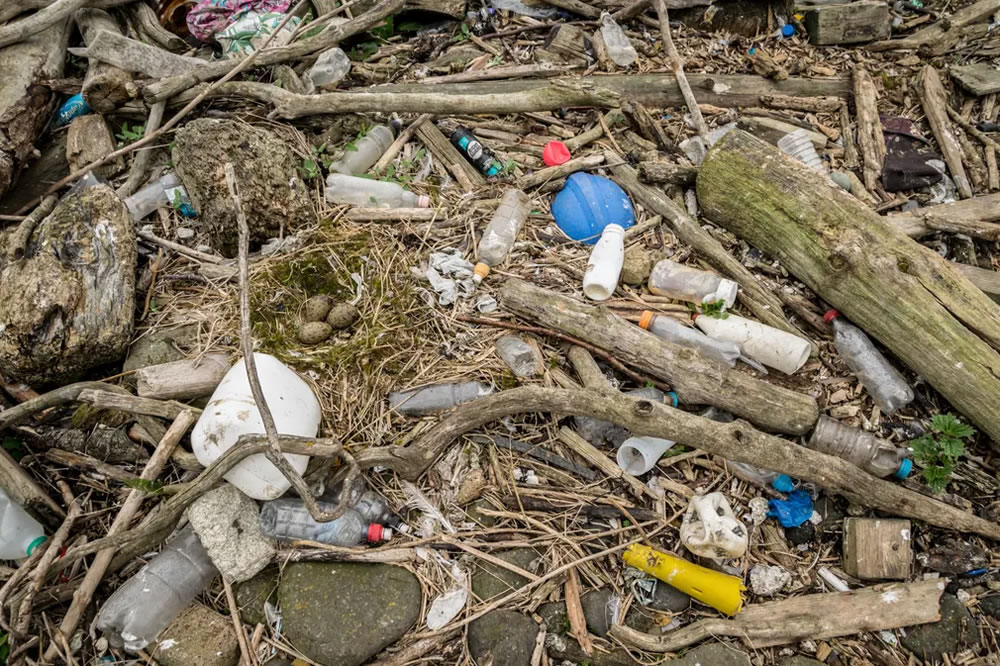
In what first appears to be simply a pile of washed up rubbish, three eggs can be found.
#13. People and nature category winner: Alwin Hardenbol
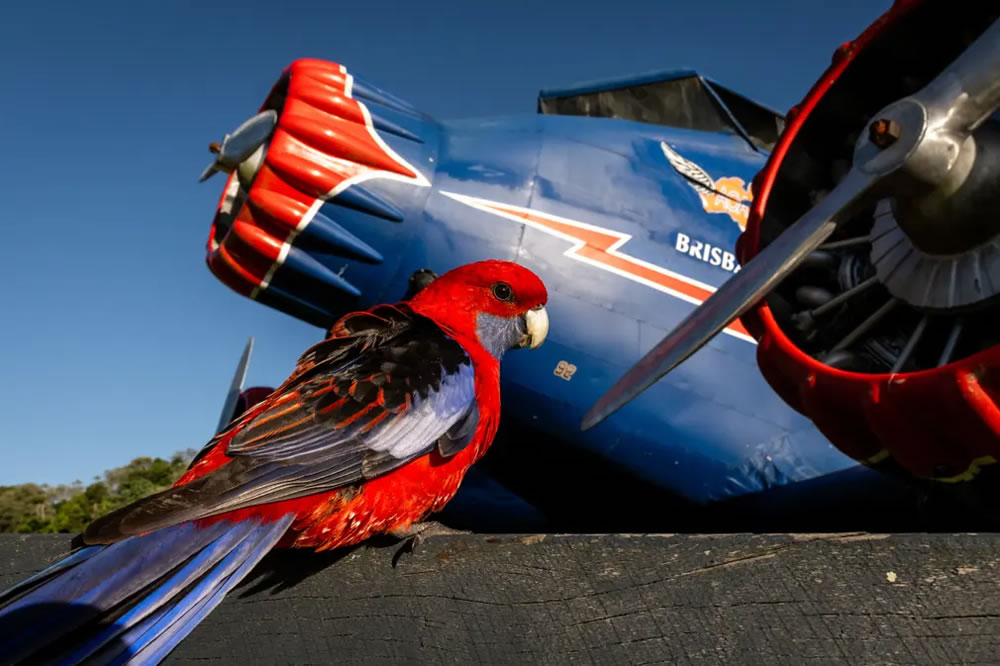
A Crimson Rosella (Platycercus elegans) stands proud in matching attire to the replica 1937 Airlines of Australia Stinson crash behind it.
#14. Highly Commended: Hatching Inspection by Doron Talmi
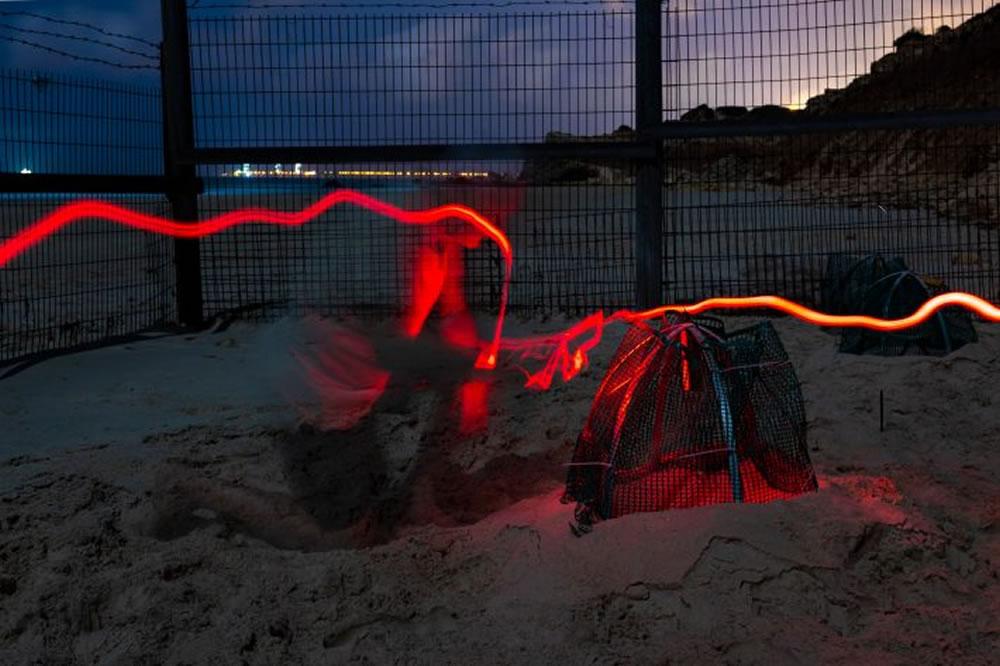
#15. Highly Commended: Colourful Darkness by Alwin Hardenbol
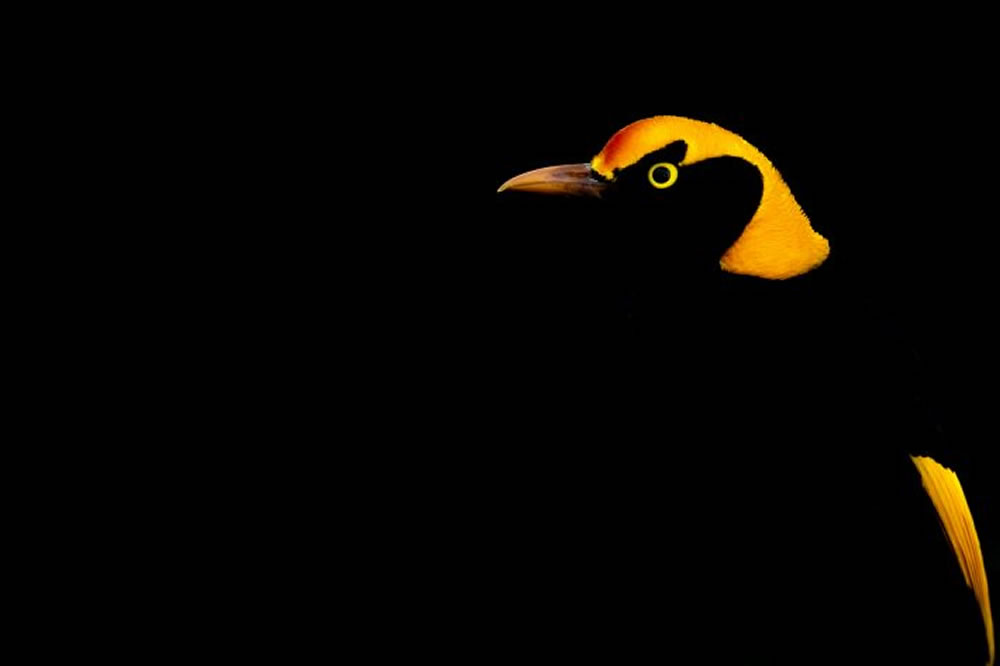
#16. Highly Commended: Blue Birches by Sandra Angers Blondin
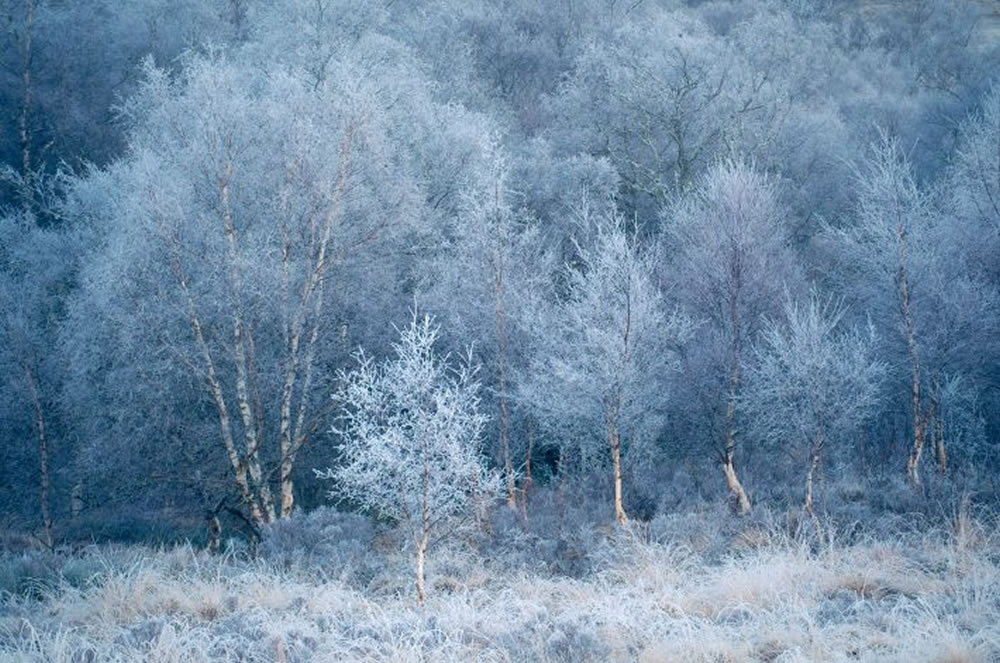
#17. Highly Commended: Delicate by Danni Thompson
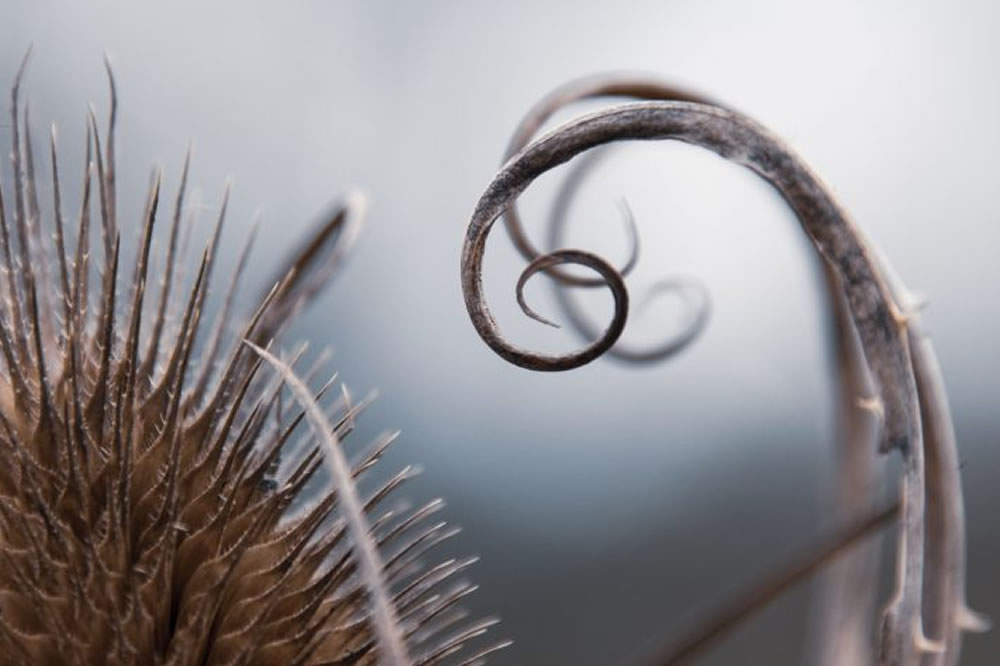
#18. Highly Commended: Guillemot Jumping by Samuel Langlois-Lopex
